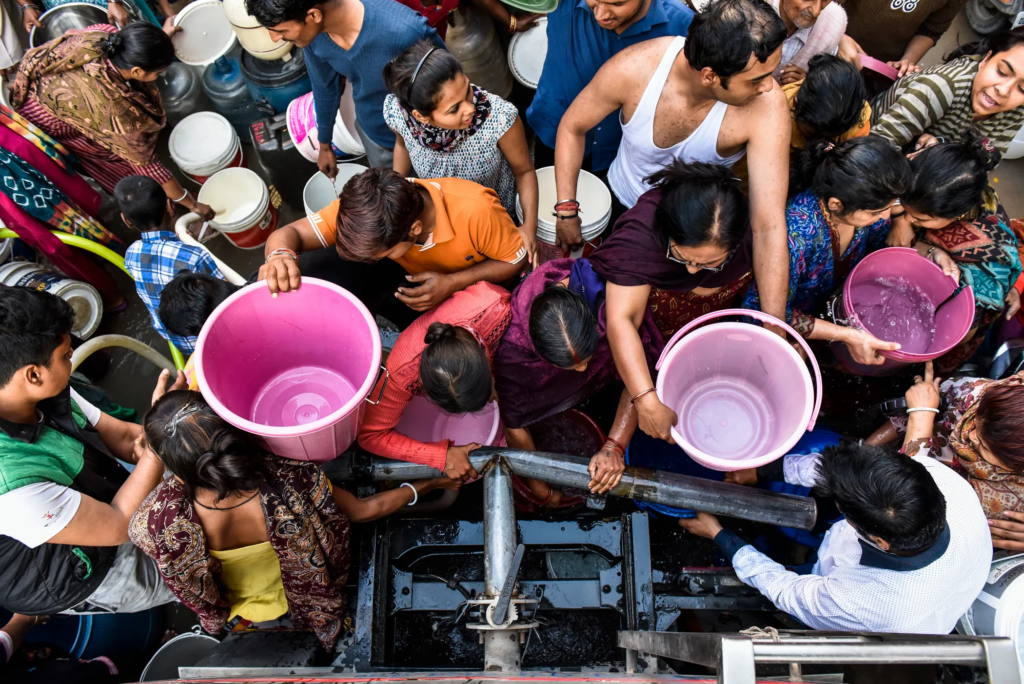
India, with its vast population and diverse geography, faces an alarming water crisis. Clean drinking water, an essential resource for survival, is becoming increasingly scarce. Rapid urbanization, overextraction of groundwater, pollution, and climate change have combined to create a daunting challenge. The question now is: is India running out of clean drinking water?
The Current State of Water Resources
India relies heavily on groundwater for its water needs, with around 85% of rural water supply and 45% of urban water supply coming from these sources. However, overextraction has led to significant depletion. According to reports, groundwater levels in many parts of the country, including Punjab, Haryana, and Tamil Nadu, are declining at an alarming rate.
Surface water sources like rivers and lakes are also under pressure. Pollution from industrial waste, untreated sewage, and agricultural runoff has rendered many water bodies unfit for consumption. Rivers such as the Yamuna and Ganges, once revered and vital, now struggle with high levels of contamination.
Climate Change and Its Impact
Climate change has exacerbated water scarcity in India. Irregular rainfall patterns, shrinking glaciers, and rising temperatures have disrupted the natural water cycle. Prolonged droughts in some regions and intense flooding in others have further strained the availability of clean drinking water.
Population Growth and Urbanization
With a population of over 1.4 billion, India’s demand for water continues to grow. Urbanization adds another layer of complexity, as cities struggle to meet the needs of their expanding populations. Inadequate infrastructure and poor water management have led to inefficient distribution and wastage.
Public Health and Social Implications
The scarcity of clean drinking water has serious public health implications. Contaminated water is a leading cause of diseases like diarrhea, cholera, and typhoid, particularly affecting vulnerable populations. Women and children often bear the burden of water collection, losing valuable time for education and work.
Social tensions over water allocation between states, communities, and sectors have also risen. Disputes like the Cauvery River water conflict highlight the urgency of sustainable water management.
Steps Toward a Solution
To tackle the water crisis, a multi-pronged approach is essential. Strict regulation of groundwater extraction, along with the promotion of rainwater harvesting, can help replenish depleting resources. Wastewater recycling and treatment technologies should be widely implemented to reduce pollution and conserve water.
Efficient irrigation techniques, such as drip irrigation, can minimize water use in agriculture, which accounts for a significant portion of India’s water consumption. Public awareness campaigns are crucial to encourage responsible water usage at the household level.
Government policies, including the Jal Shakti Abhiyan and Atal Bhujal Yojana, aim to address water scarcity. However, successful implementation and community participation are key to achieving meaningful results.
Conclusion
India is indeed facing a critical challenge in ensuring clean drinking water for its people. Through collective efforts, innovative solutions, and a commitment to sustainable practices, India can safeguard its water resources and secure a healthier, more prosperous future for generations to come.


